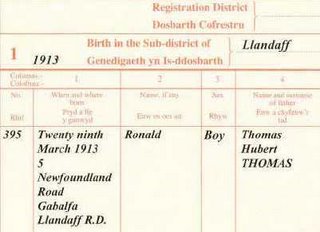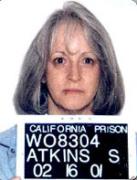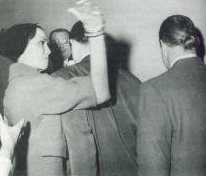Ralph Ellison in Swansea

One of the key texts in African-American culture is Ralph Ellison's Invisible Man (1952). It articulates the alienation of being a black male in post-war America. What might surprise some people is the part the author's stay in Swansea had on the novel's genesis.
Stationed in Swansea during WW2 Ellison was a cook in the merchant marine. Like a lot of black soldiers he had difficulty coming to terms with his American identity. Treated as a second-class citizen back home he was nevertheless expected to go out and die for his country.
Ellison wrote three Swansea-set stories - In a Strange Country (1944), A Storm of Blizzard Proportions (1944), and The Red Cross At Morriston, S.W. (1944).
In In a Strange Country Parker, a negro soldier, is assaulted by fellow Americans - a group of white GIs. Rescued by locals he is taken to a club where a male-voice choir are practicing. They sing him Land of My Fathers; God Save the King (with noticeably less gusto); the Internationale; and finally, in his honour, the Star Spangled Banner. Put simply the anthems represent ethnicity, colonisation, Communism and the tricky question of his own Americanism.
Already defined by the locals as a "black Yank" Parker, for the first time, discovers a nascent American identity when he suddenly finds himself singing the Star Spangled Banner. It's not surprising that Parker's epiphany is a musical one - Ellison himself was a more than competent musician and a brilliant jazz critic.
If you want to read In a Strange Country for yourself then you need to get hold of Flying Home and Other Stories (1998), a collection of his shorter works. The other two Swansea-set pieces remain (as far as I'm aware) unpublished which is a great pity. It would be wonderful if either the New Welsh Review or Planet magazine could get permission to print these forgotten tales so that we might further examine the link between Swansea and Ellison's Invisible Man.
*For further reading on Ellison's Welsh stories see Daniel Williams' excellent essay Emlyn Williams and Ralph Ellison published in Beyond the Difference: Welsh Literature in Comparative Contexts (2004).








